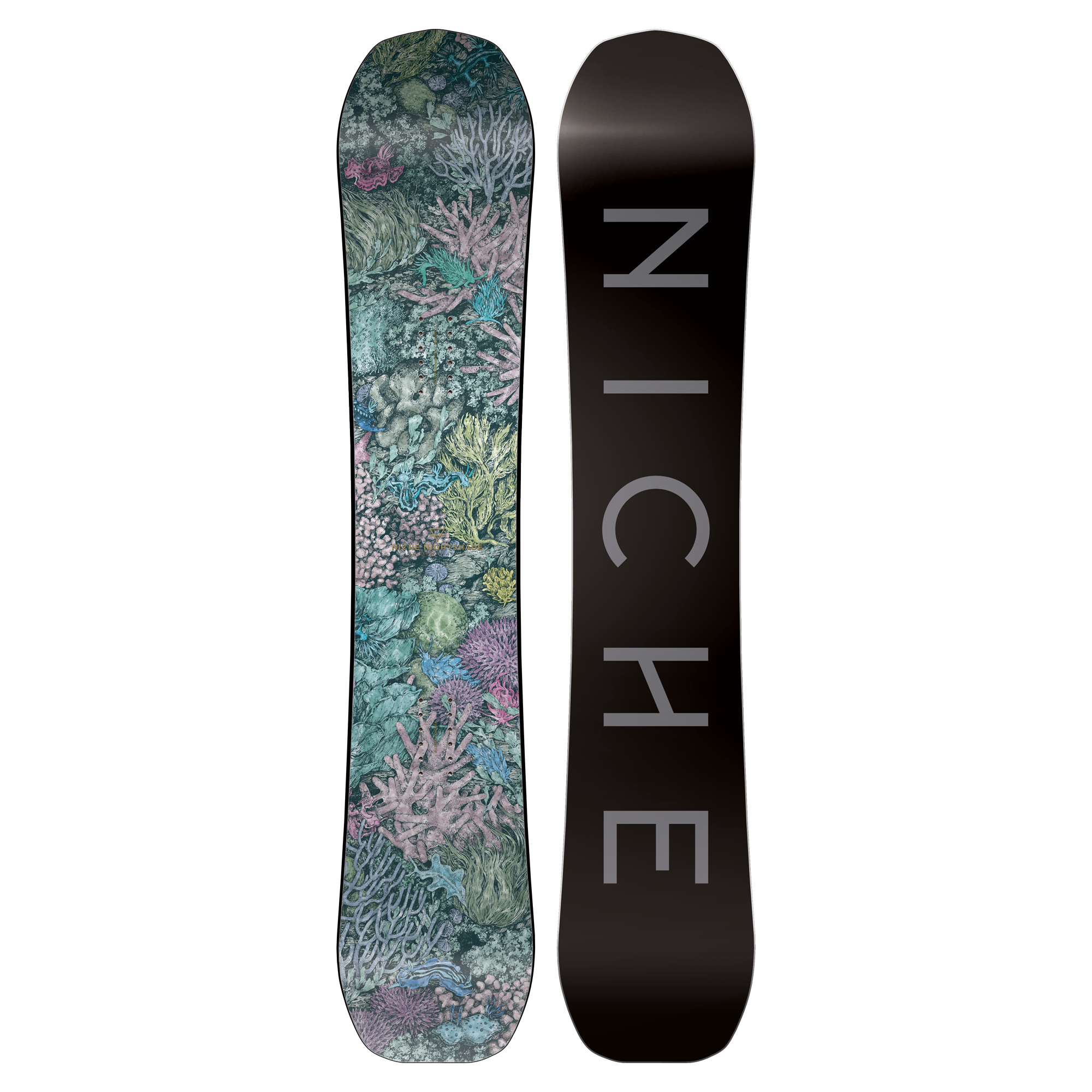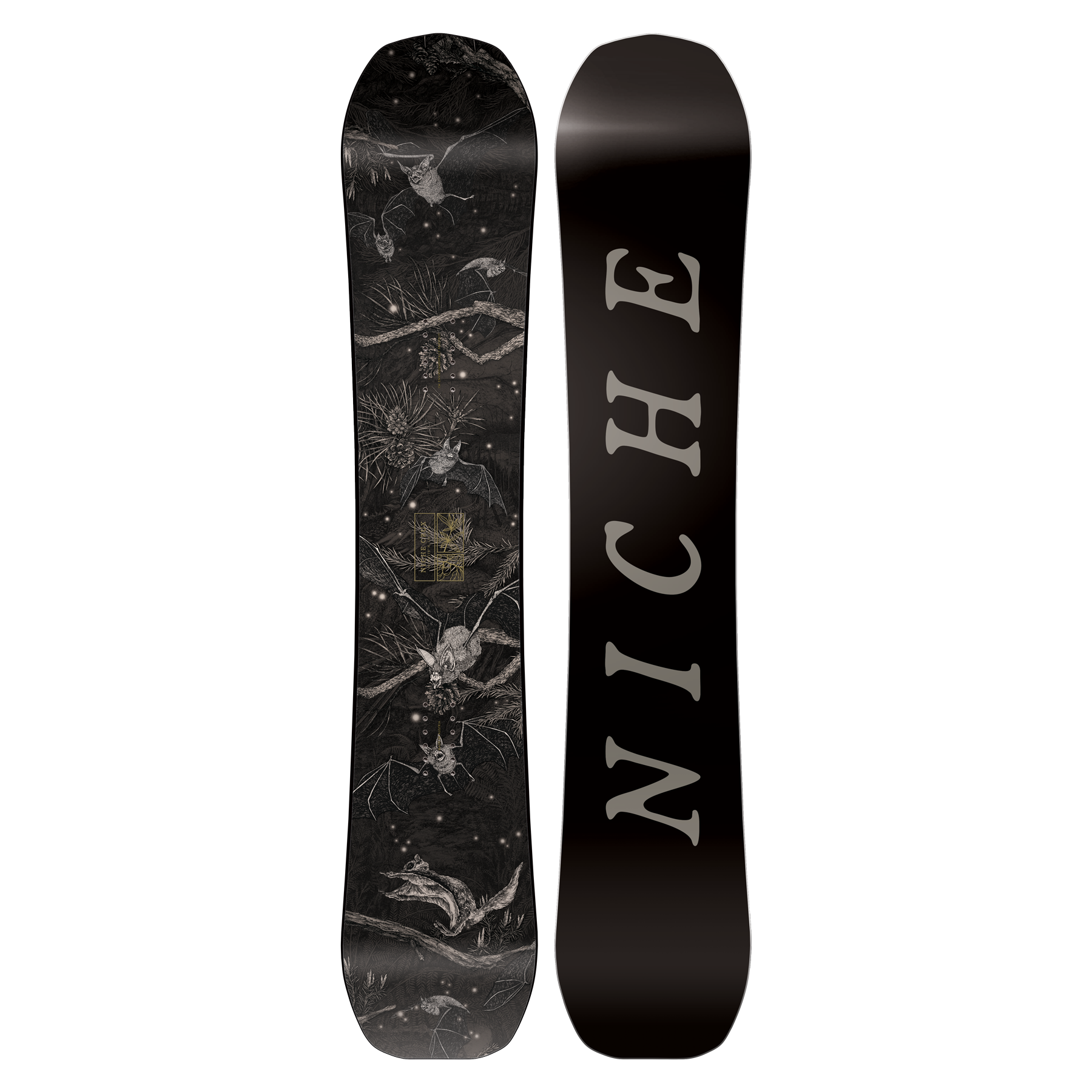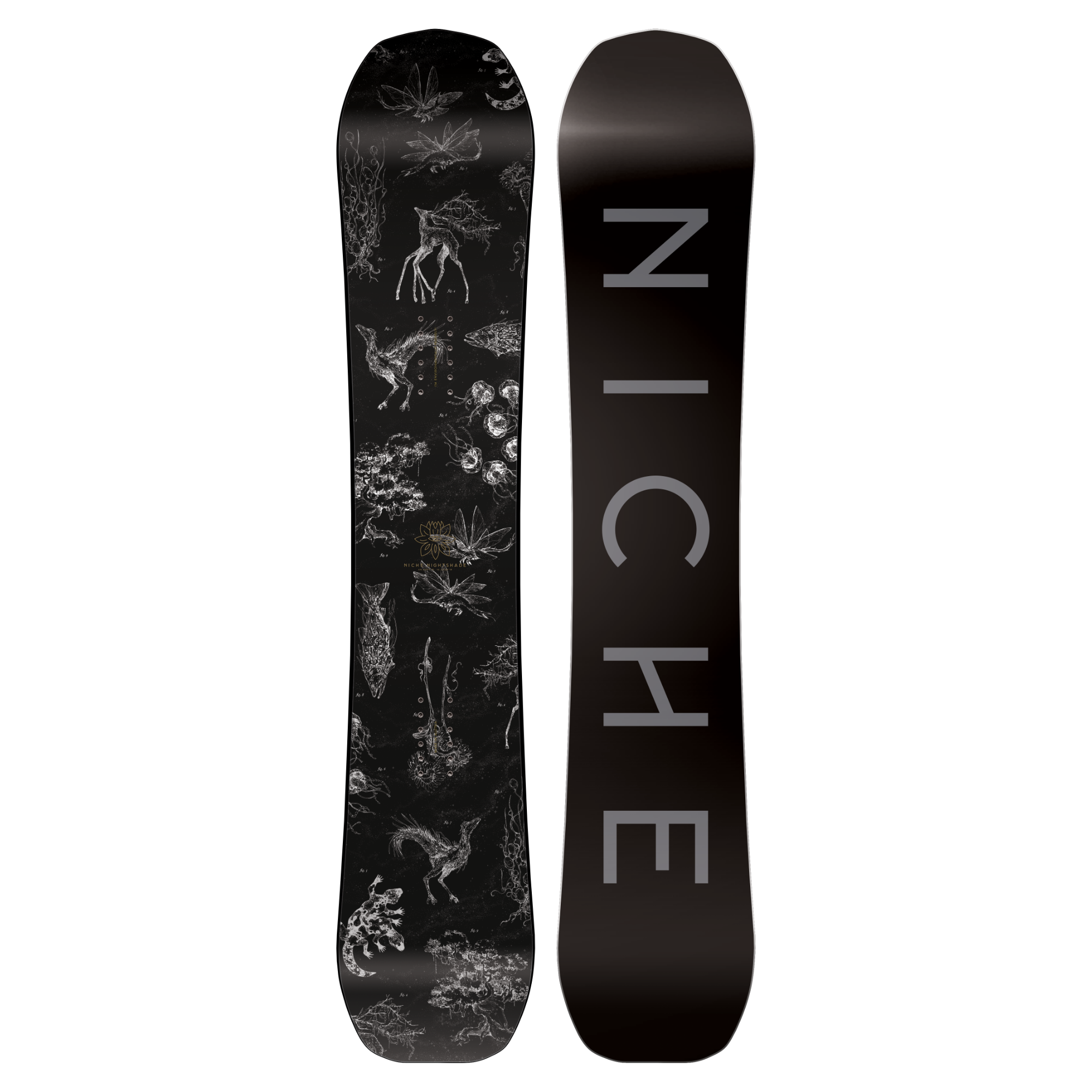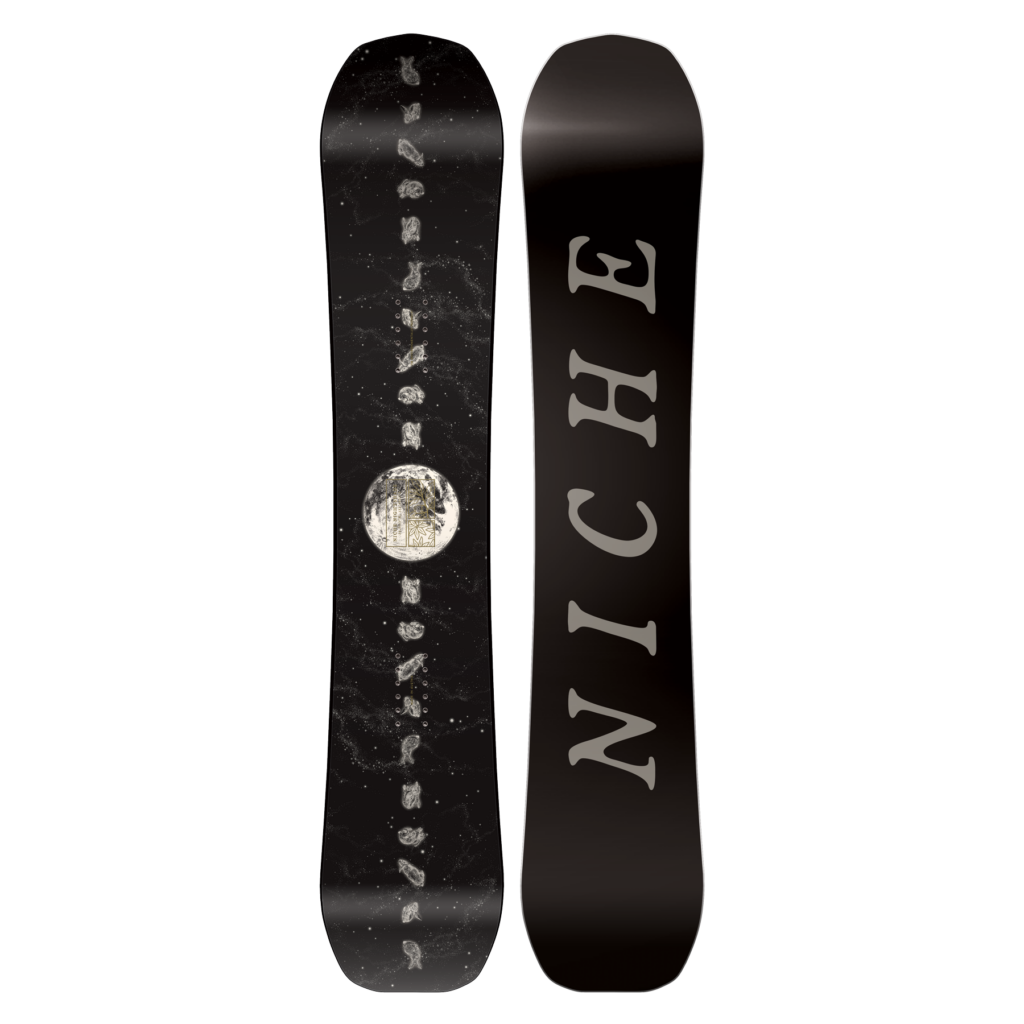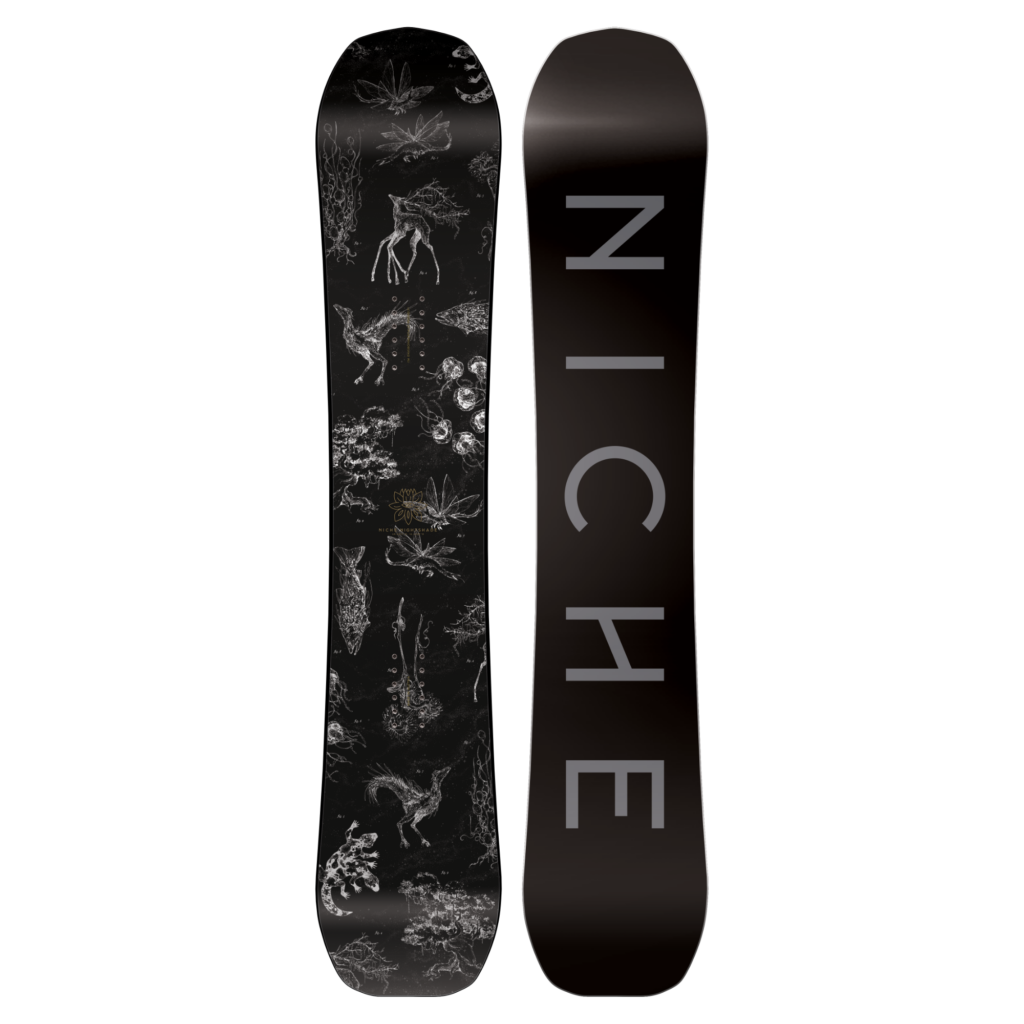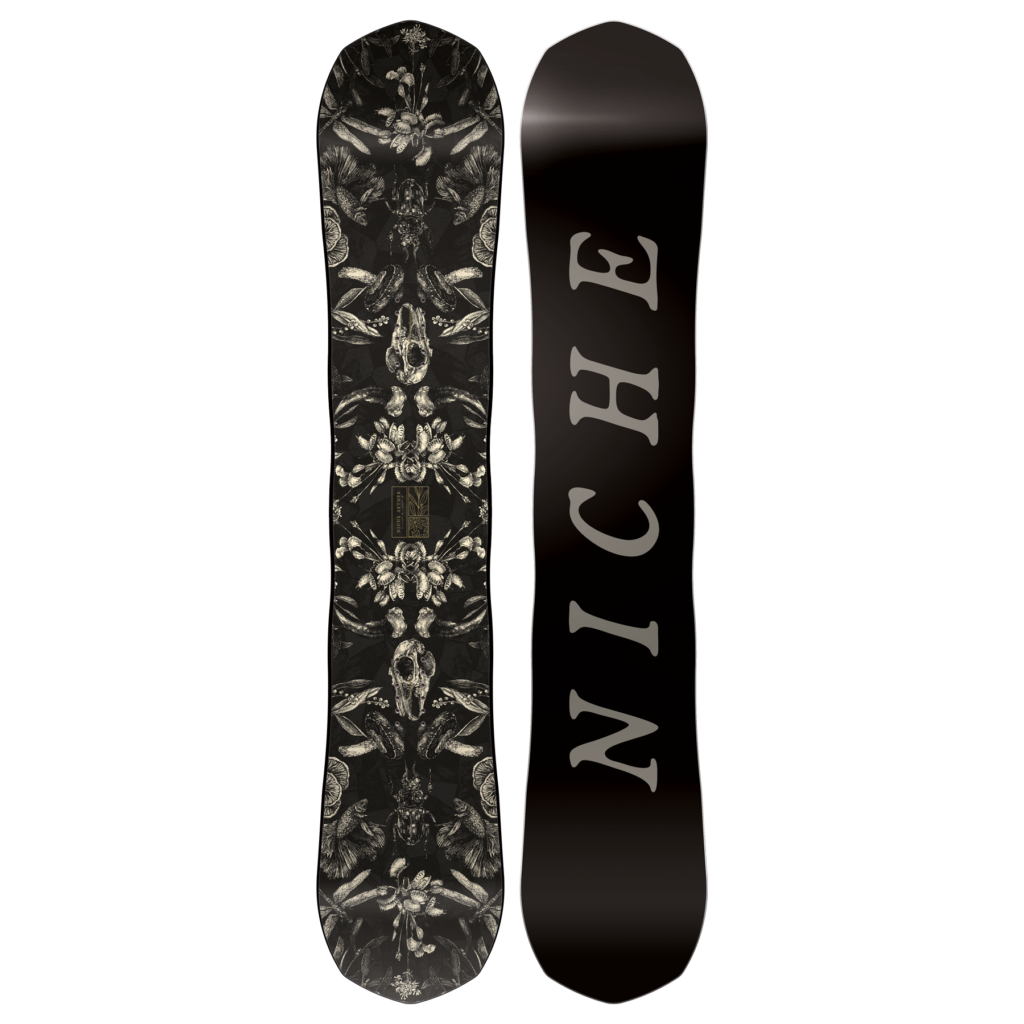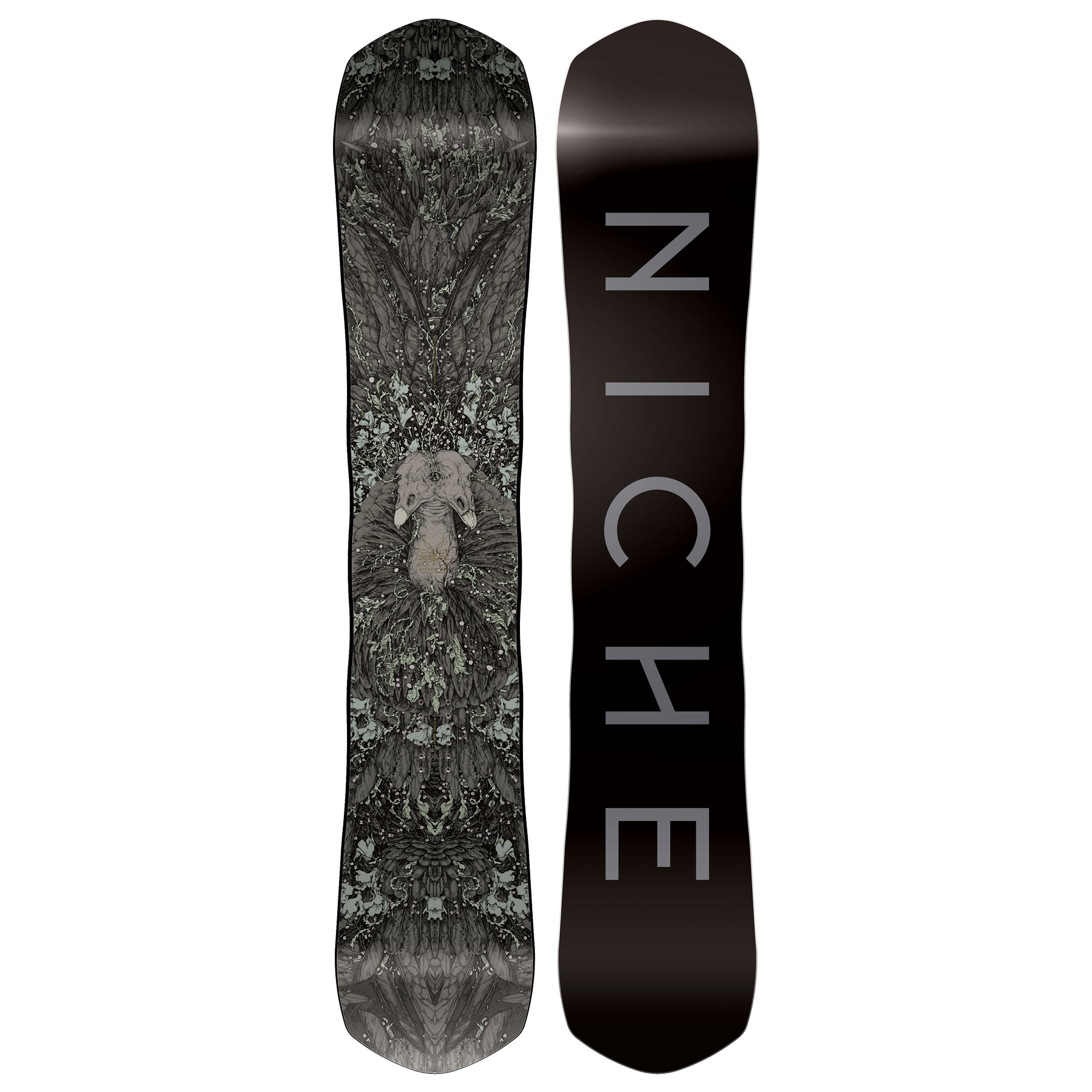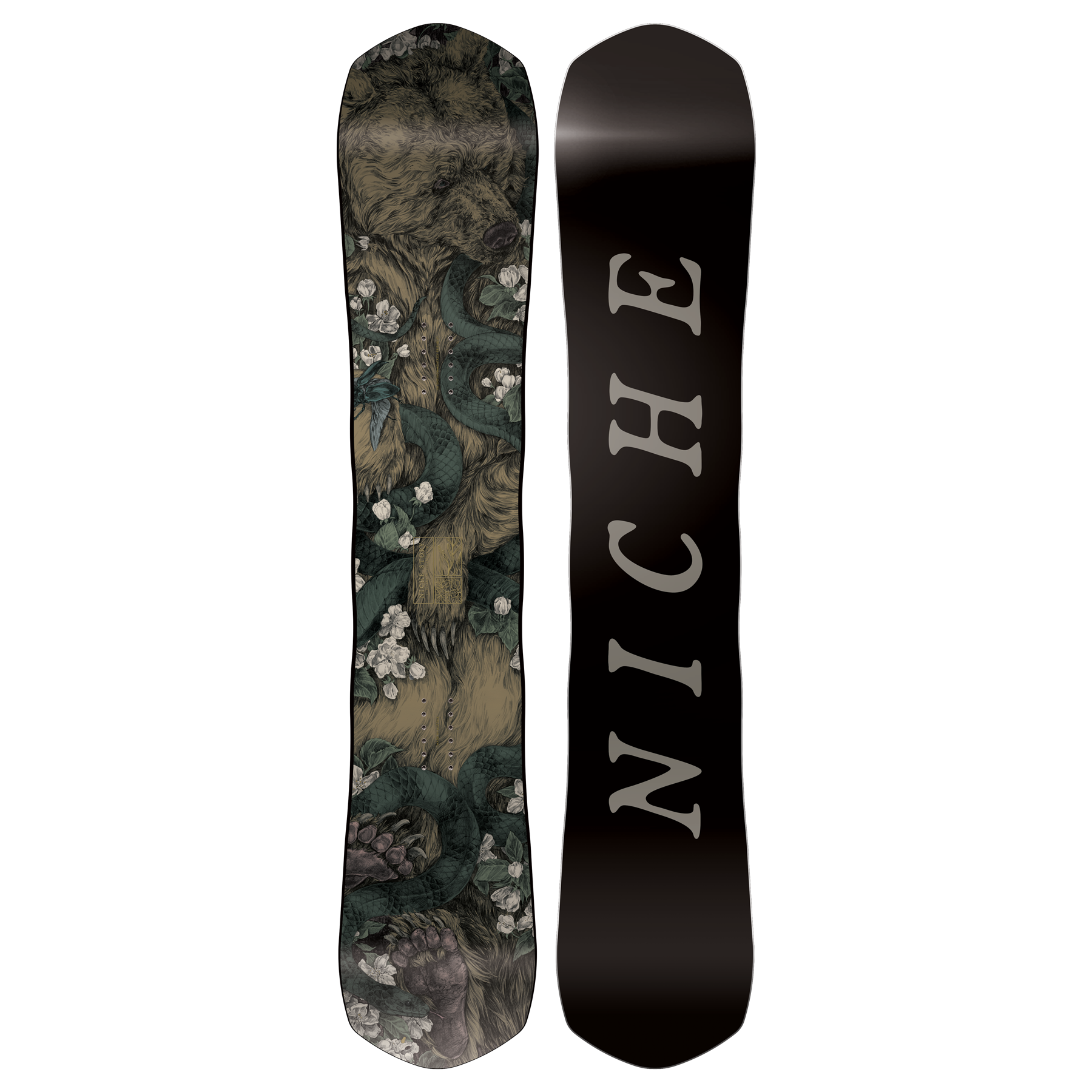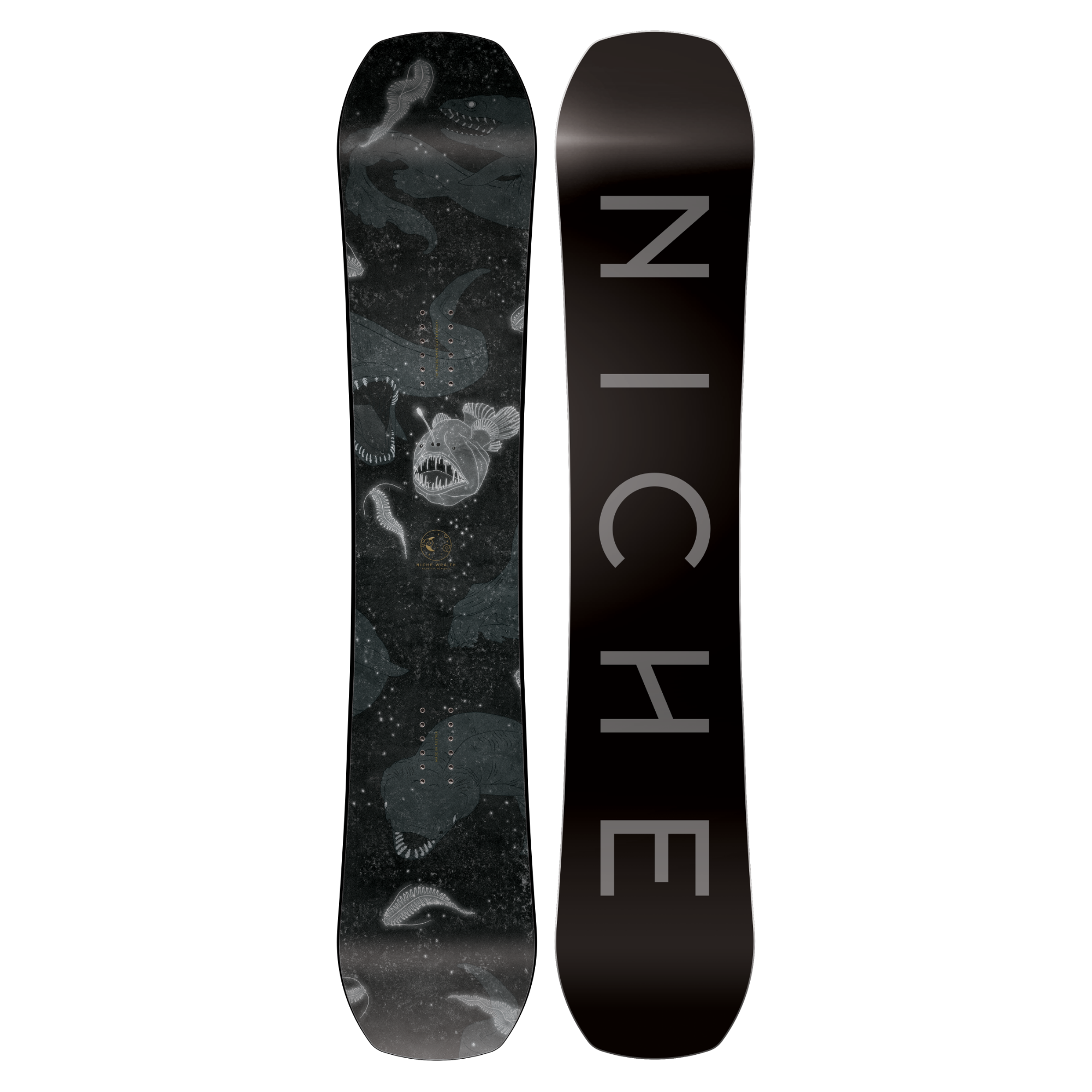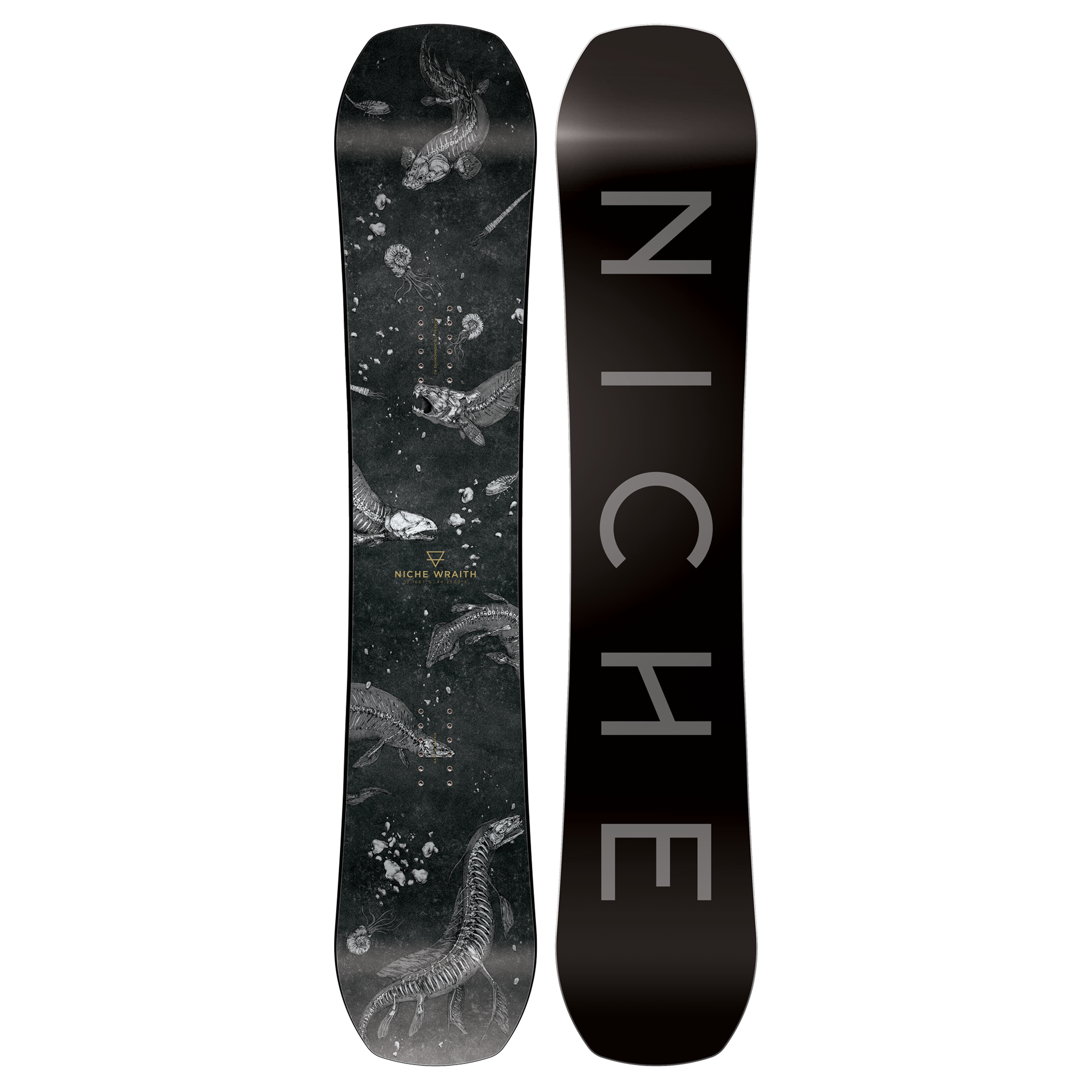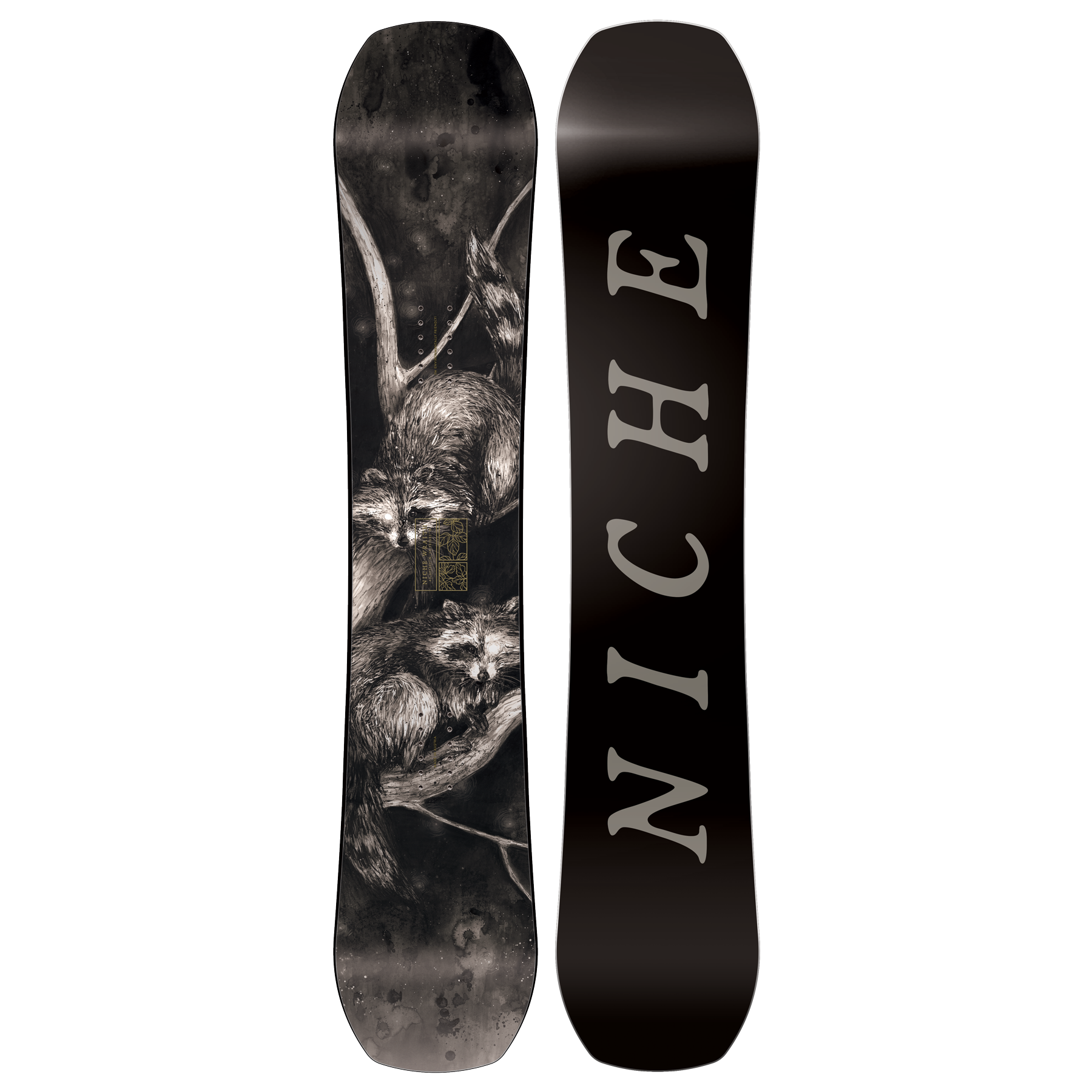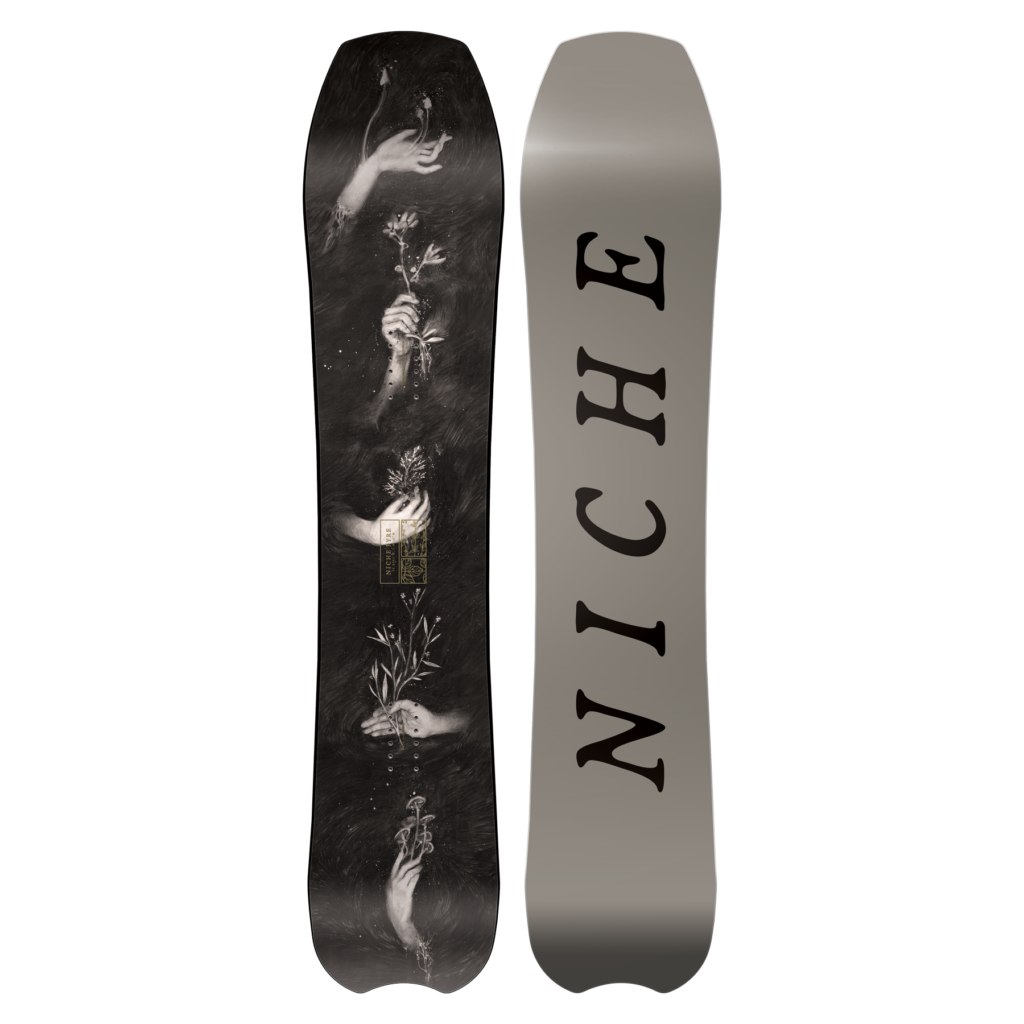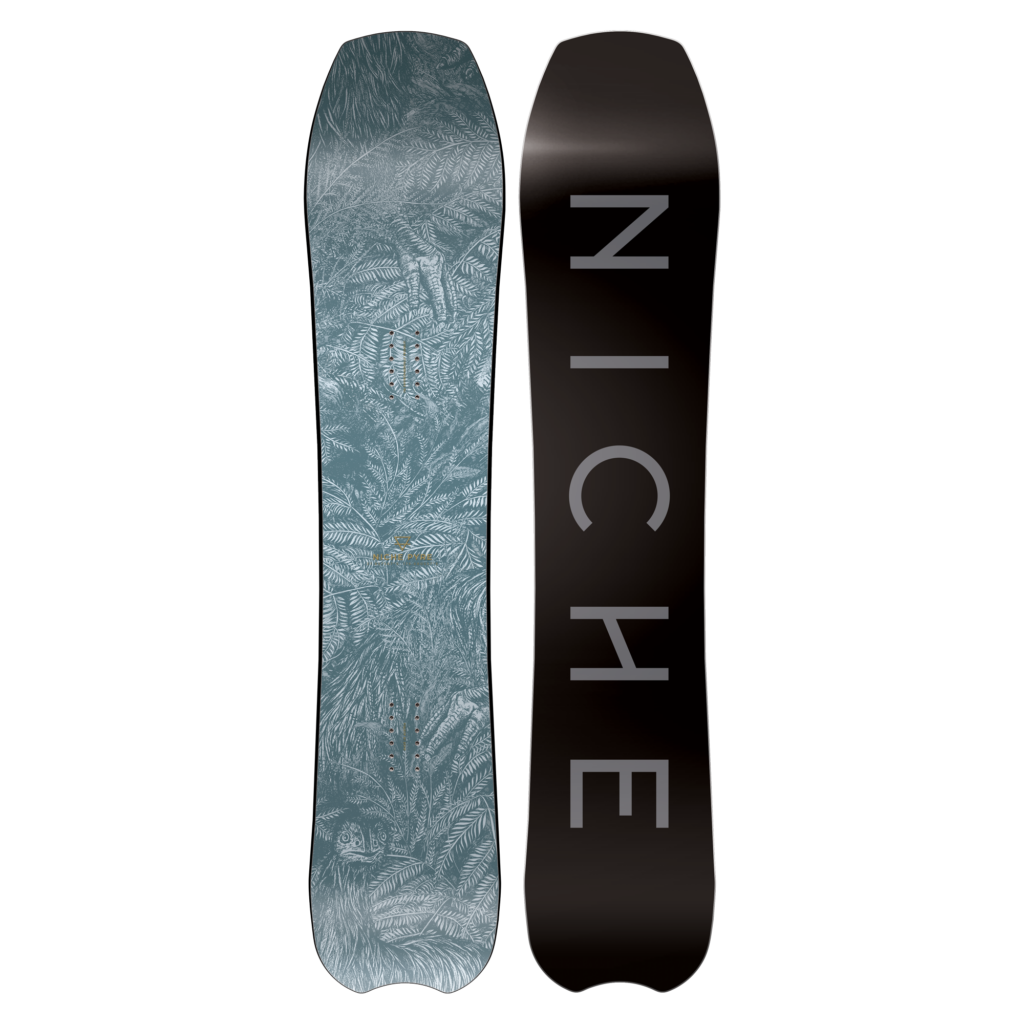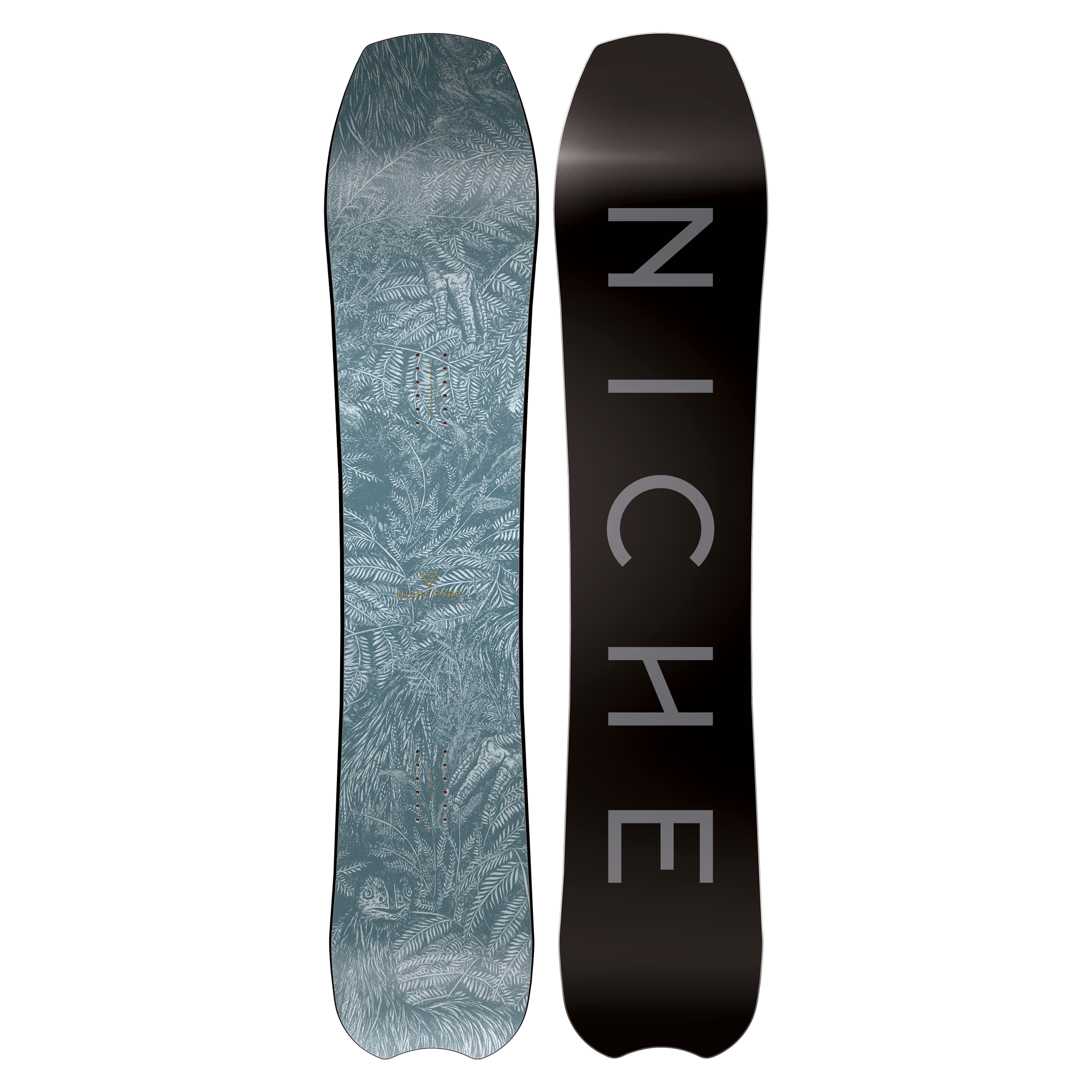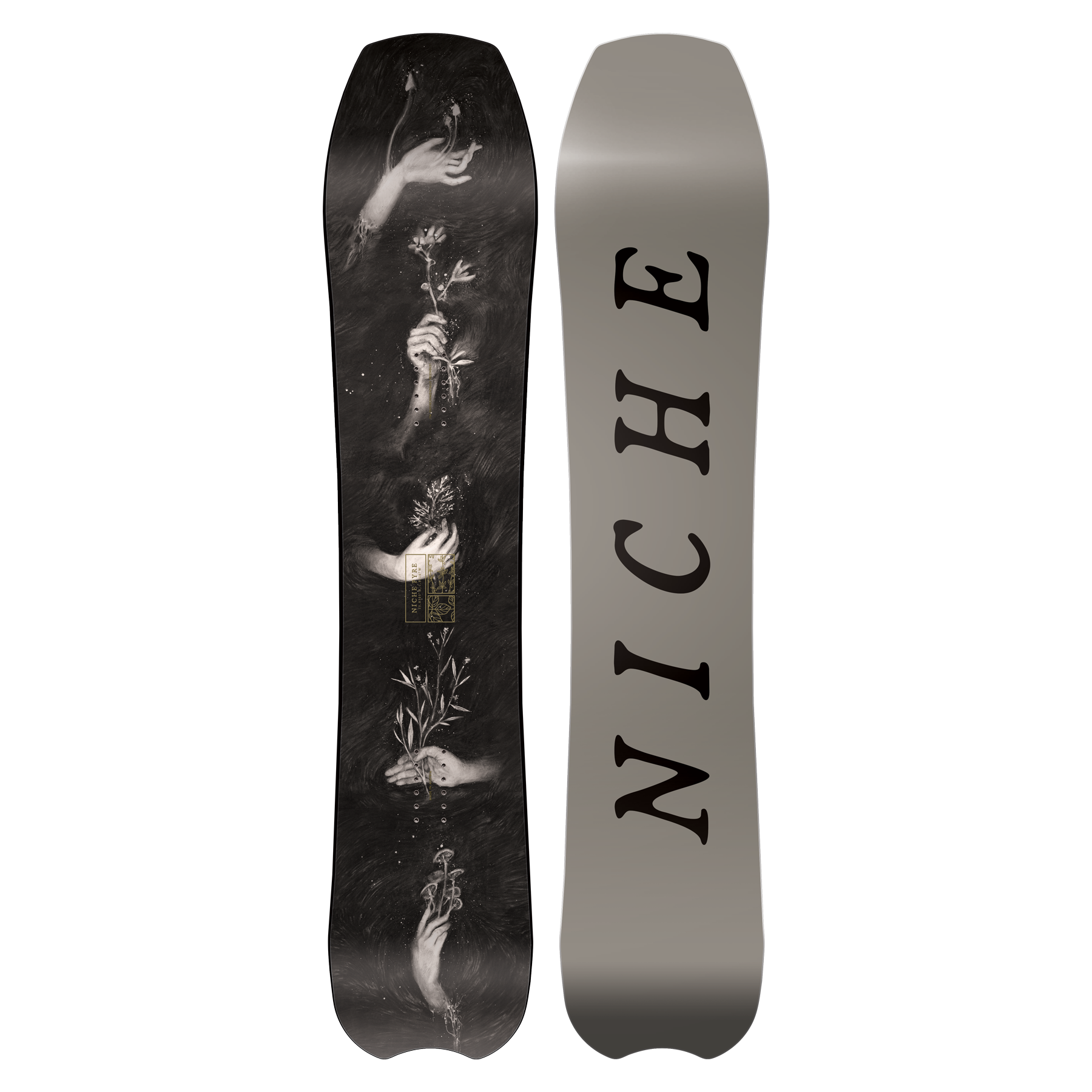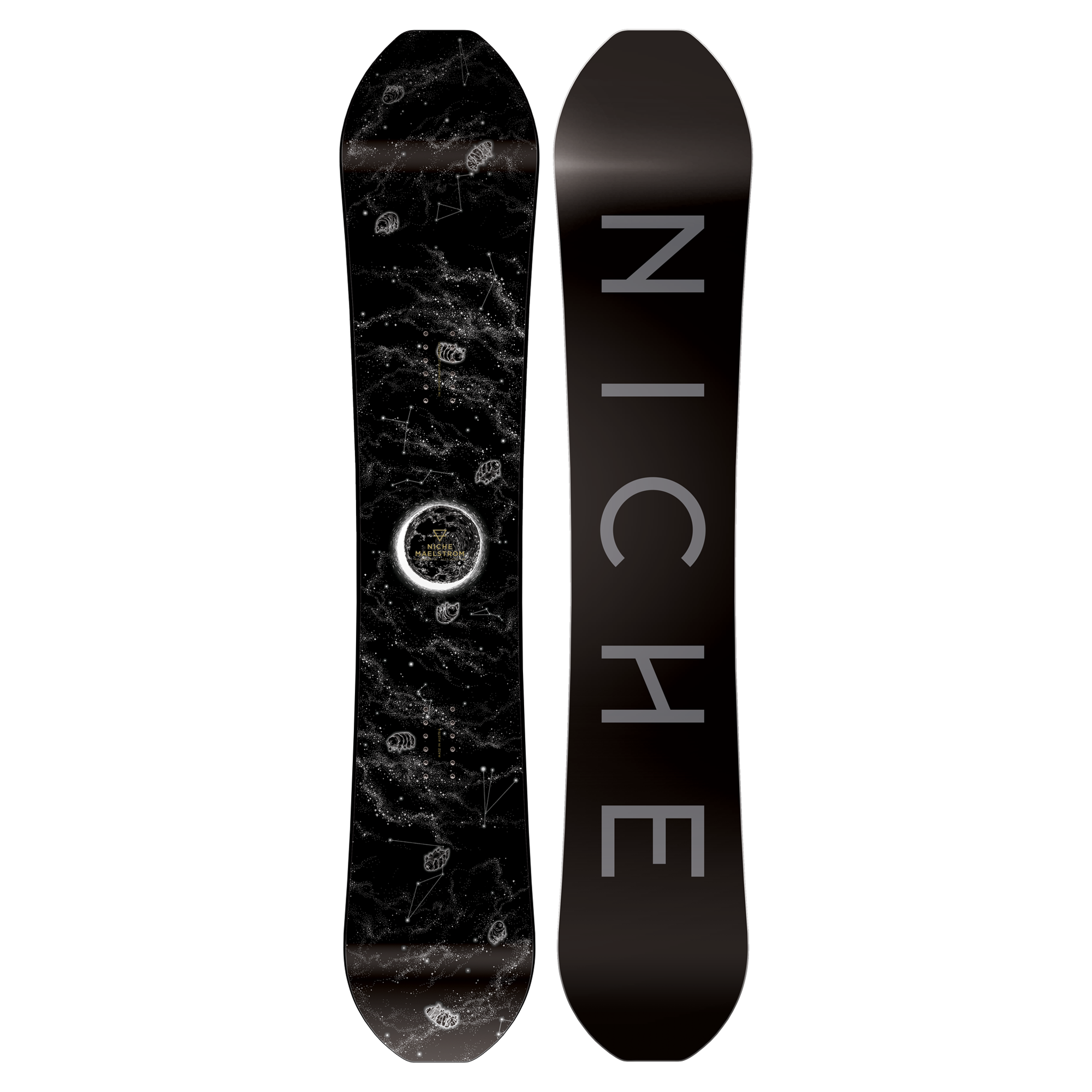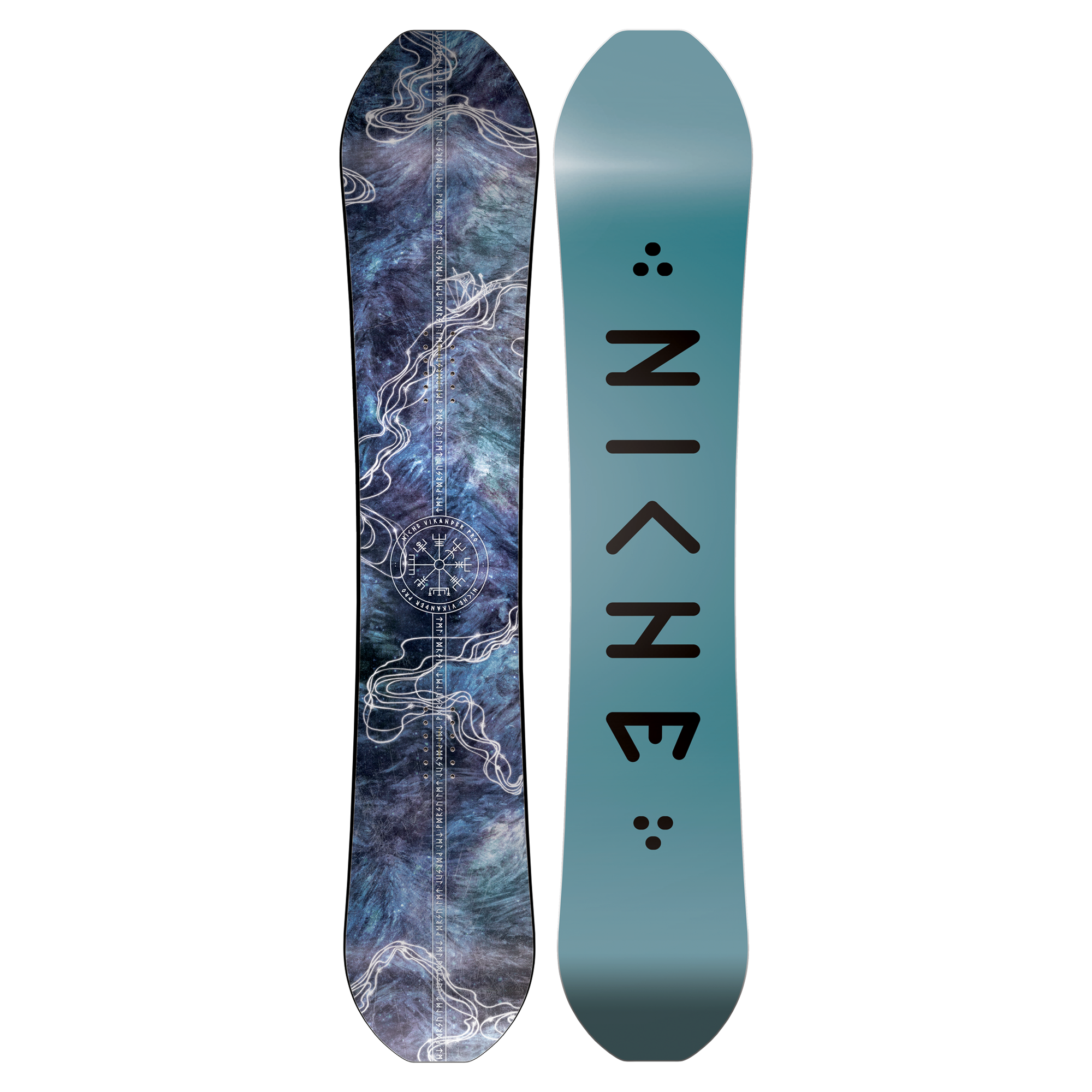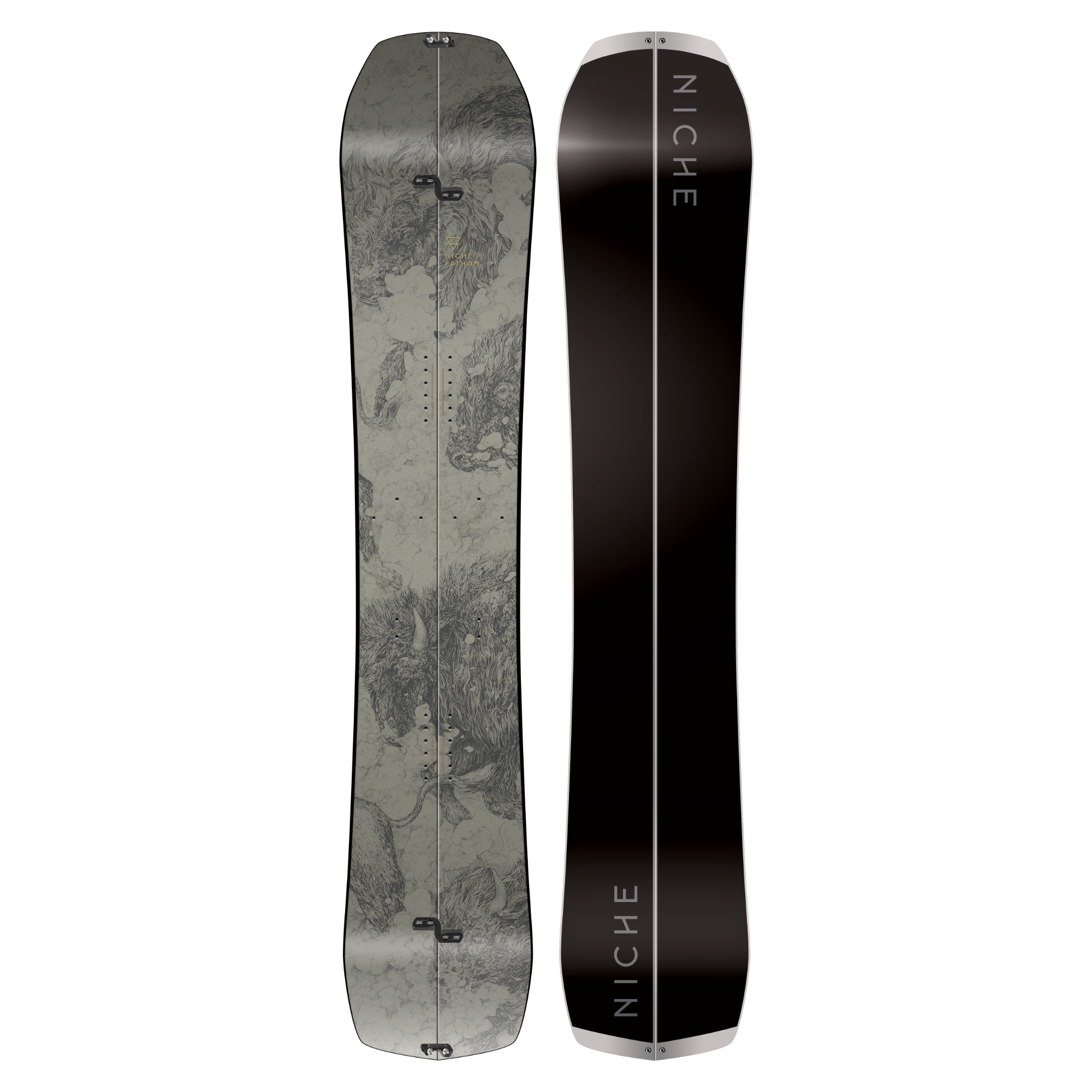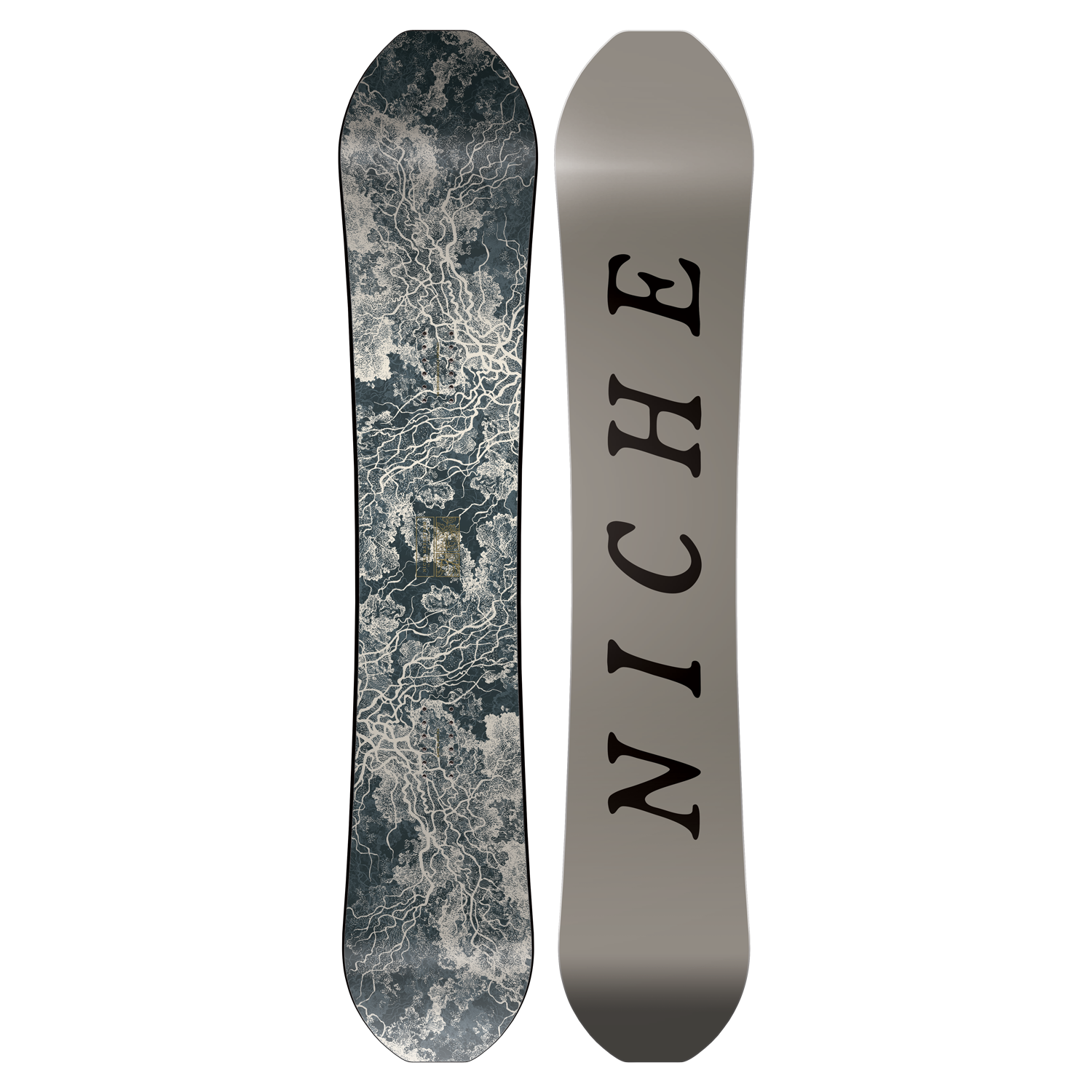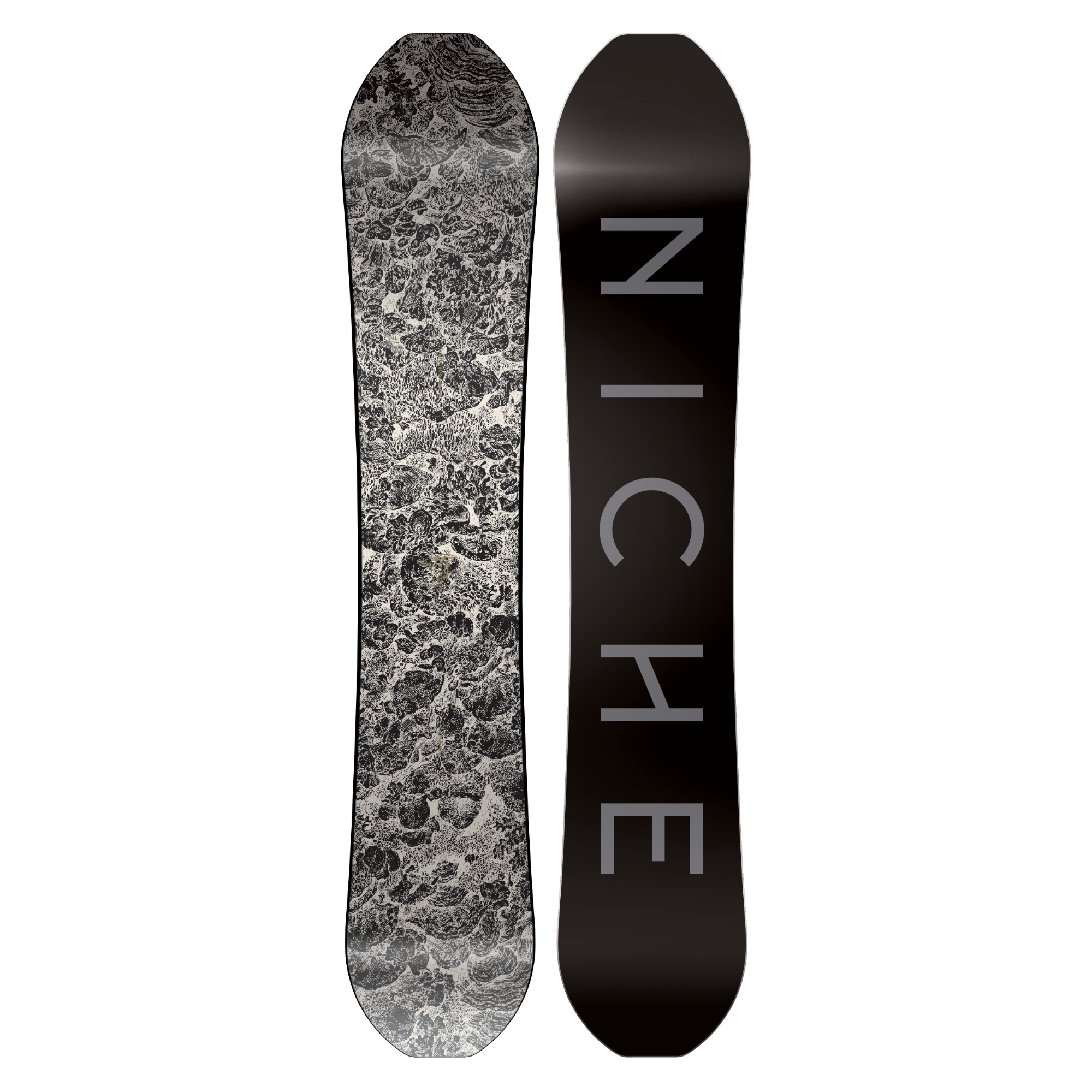Your cart is currently empty!
CAMBER TYPES
Today, boards have many different kinds of camber – an industry word for the concave or convex shape of a board. Camber determines how the board flexes when you stand on it. This makes a big difference in how a board reacts to different terrain. Different types of camber produce different amounts of edge contact and pressure on the snow depending on the model/technology, which changes how a board turns, snaps, and feels underfoot. So before you choose, ask yourself what you want from your new board and review this breakdown of camber options!
camber dominant hybrid

Traditional camber with a flatter mid-section. Provides more stability, tons of pop, and responsive edge control.

The pop and edge control of regular camber, with the float of reverse camber. Optimal versatility in all types of terrain.
MULTI-CAMBER
FLAT to EARLY-RISE CAMBER

Floats better in powder compared to traditional camber, while still having a loose, playful feel with maintained edge control.

Mellow, nearly-flat camber (3mm in center). Floats better in powder compared to traditional camber, while maintaining pop. A loose, playful feel underfoot with maintained stability and edge control.
LOW-RISE CAMBER
BACK-SEAT CAMBER, ROCKERED NOSE

Rocker in the nose leading into traditional camber by the back foot. Float effortlessly through powder and lock-in on groomers.

Rocker in the nose leading into traditional camber under foot. Float effortlessly through powder and lock-in on groomers.


